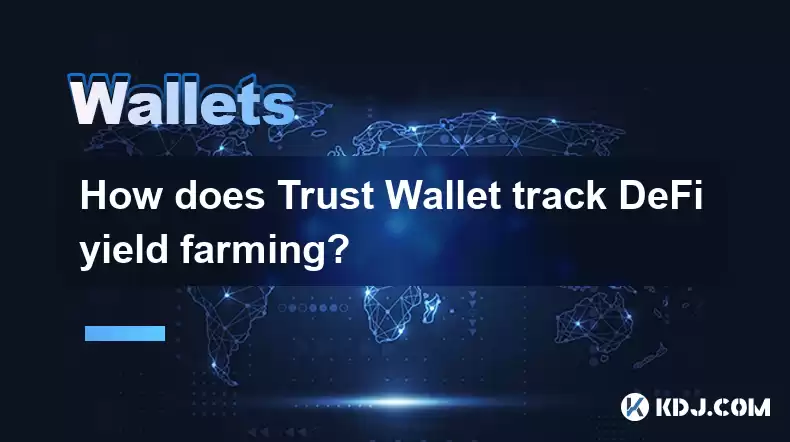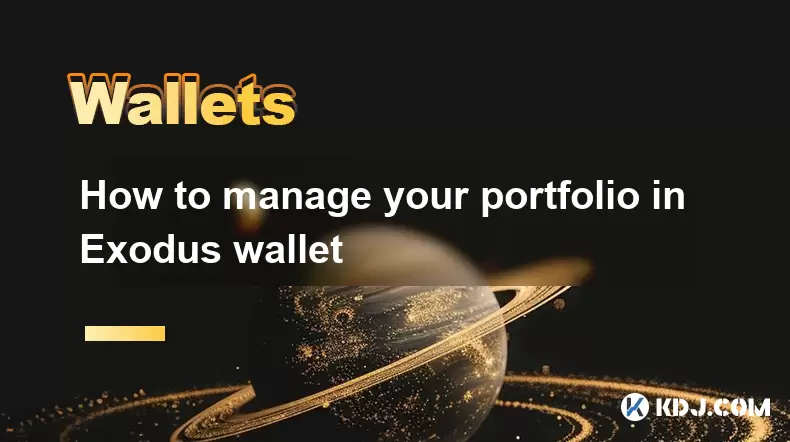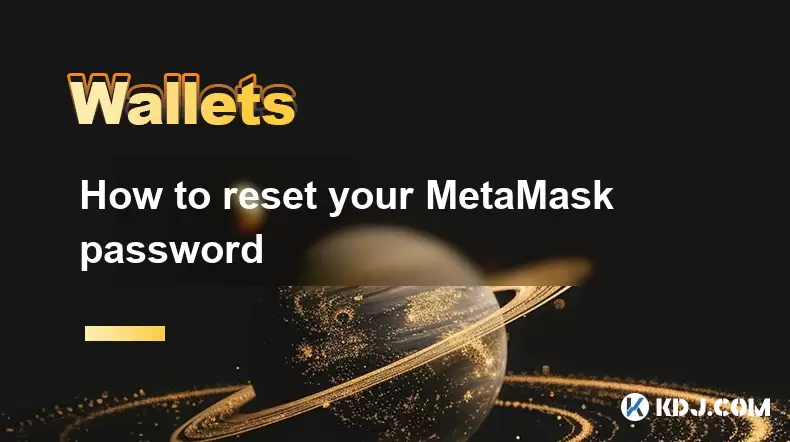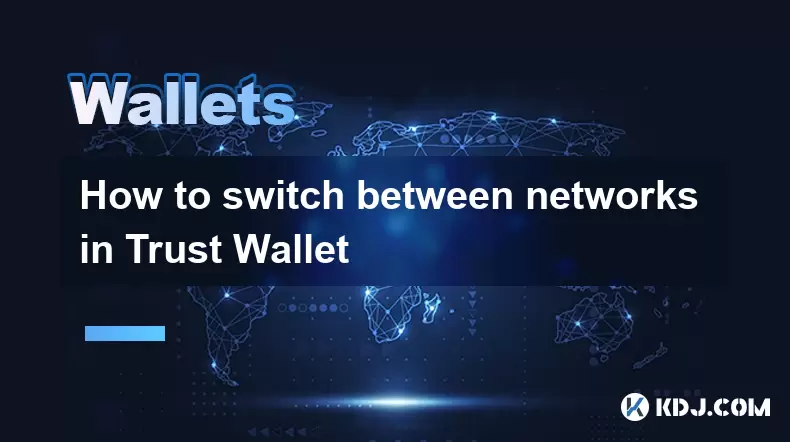-
 Bitcoin
Bitcoin $118900
-2.33% -
 Ethereum
Ethereum $4288
-0.13% -
 XRP
XRP $3.151
-3.21% -
 Tether USDt
Tether USDt $1.000
0.02% -
 BNB
BNB $809.5
-1.17% -
 Solana
Solana $175.7
-4.75% -
 USDC
USDC $0.0000
0.01% -
 Dogecoin
Dogecoin $0.2246
-5.75% -
 TRON
TRON $0.3473
2.19% -
 Cardano
Cardano $0.7809
-5.18% -
 Chainlink
Chainlink $21.38
-3.48% -
 Hyperliquid
Hyperliquid $43.29
-5.53% -
 Stellar
Stellar $0.4375
-3.21% -
 Sui
Sui $3.685
-6.68% -
 Bitcoin Cash
Bitcoin Cash $595.2
3.50% -
 Hedera
Hedera $0.2483
-6.60% -
 Ethena USDe
Ethena USDe $1.001
-0.01% -
 Avalanche
Avalanche $23.03
-5.28% -
 Litecoin
Litecoin $119.5
-5.02% -
 Toncoin
Toncoin $3.395
-0.07% -
 UNUS SED LEO
UNUS SED LEO $9.007
-1.19% -
 Shiba Inu
Shiba Inu $0.00001304
-5.44% -
 Uniswap
Uniswap $11.35
1.57% -
 Polkadot
Polkadot $3.898
-5.43% -
 Cronos
Cronos $0.1671
-0.16% -
 Ethena
Ethena $0.8121
-2.45% -
 Dai
Dai $1.000
0.02% -
 Bitget Token
Bitget Token $4.412
-1.73% -
 Monero
Monero $264.0
-0.64% -
 Pepe
Pepe $0.00001128
-8.12%
How does Trust Wallet track DeFi yield farming?
Trust Wallet securely stores assets for DeFi yield farming but doesn't track yields; you must manually check each platform's dashboard for your earnings and APY.
Mar 30, 2025 at 07:42 pm

Understanding Trust Wallet's DeFi Yield Farming Tracking
Trust Wallet itself doesn't directly track your DeFi yield farming activities in the same way a dedicated yield farming aggregator might. It doesn't have a built-in dashboard showing your total APY across various platforms. Instead, Trust Wallet acts as a gateway, securely storing your assets which you then use to interact with different DeFi protocols. The tracking of your yield comes from the specific DeFi platforms where you've deposited your funds.
Connecting to DeFi Platforms
To participate in yield farming through Trust Wallet, you first need to connect your wallet to the chosen DeFi platform. This is typically done through a browser extension or directly within the Trust Wallet DApp browser. This connection allows the DeFi protocol to access the necessary tokens in your wallet to participate in their yield farming programs. Remember, always verify the contract address before connecting to ensure you're interacting with the legitimate platform.
Tracking Your Yield on Different Platforms
Each DeFi platform has its own interface for tracking your yield. After depositing your assets into a farming pool, you'll see your accumulated rewards within that platform's dashboard. These dashboards will display your current holdings, accumulated interest, and the APY you're earning. This information is specific to that platform and isn't aggregated within Trust Wallet itself.
Manual Tracking and Aggregation
To get a complete overview of your yield farming across multiple platforms, you'll need to manually track your progress. This involves visiting each platform individually to check your balances and earnings. You can then use spreadsheets or other tracking tools to consolidate this data and calculate your overall returns. This process requires careful record-keeping to ensure accuracy.
Security Considerations
Remember that security is paramount when yield farming. Only connect your Trust Wallet to reputable and well-vetted DeFi platforms. Always double-check contract addresses and be wary of phishing scams. The responsibility for securing your assets lies with you. Trust Wallet provides a secure storage solution, but the risks associated with DeFi protocols remain.
The Role of Trust Wallet in the Process
Trust Wallet's primary role in DeFi yield farming is to provide a secure environment for storing your cryptocurrency. It facilitates the interaction between your assets and the various DeFi platforms. However, the actual tracking of your yield is the responsibility of the individual DeFi platforms you're using. Trust Wallet doesn't provide a centralized tracking system for this purpose.
Navigating Different DeFi Platforms
Each DeFi platform has its own unique interface and process for yield farming. Understanding how to navigate these platforms is crucial for successful yield farming. Some platforms offer more user-friendly interfaces than others. Familiarize yourself with the specific platform's documentation before participating. Always understand the risks involved before investing.
Understanding APY and APR
Understanding the difference between APY (Annual Percentage Yield) and APR (Annual Percentage Rate) is essential. APY considers compounding, while APR does not. DeFi platforms often advertise APY, which can be misleading if you don't understand the compounding frequency. Always pay close attention to the terms and conditions of each platform.
Impermanent Loss
Impermanent loss is a risk associated with providing liquidity to decentralized exchanges (DEXs) through yield farming. This occurs when the price of the assets in your liquidity pool changes relative to each other. Understanding impermanent loss is crucial for managing your risk. It's not directly tracked by Trust Wallet but is a factor you must consider on each individual DeFi platform.
Gas Fees
Gas fees are transaction fees on the blockchain. These fees can significantly impact your profitability in yield farming, especially on networks with high transaction costs. Be mindful of gas fees when depositing and withdrawing assets. These fees are not directly tracked by Trust Wallet but are a significant cost to consider.
Steps to Track Your DeFi Yield Farming Returns (Manual Process)
- Identify your DeFi platforms: Make a list of all the platforms where you're yield farming.
- Access each platform's dashboard: Log into each platform individually.
- Record your earnings: Note down your current holdings and accumulated rewards.
- Use a spreadsheet: Create a spreadsheet to consolidate data from all platforms.
- Calculate total returns: Sum up your earnings across all platforms.
Frequently Asked Questions
Q: Does Trust Wallet show my yield farming profits?
A: No, Trust Wallet doesn't directly track your yield farming profits. You need to check each DeFi platform individually.
Q: How can I track my yield farming across multiple platforms?
A: You'll need to manually track your earnings on each platform and consolidate the data using a spreadsheet or similar tool.
Q: Is Trust Wallet secure for DeFi yield farming?
A: Trust Wallet provides secure storage for your crypto assets, but the risks of DeFi protocols remain. Always vet platforms carefully.
Q: What is impermanent loss, and how does it relate to Trust Wallet?
A: Impermanent loss is a risk in liquidity pools; Trust Wallet doesn't track it, but you must consider it on each DeFi platform.
Q: How do gas fees affect my yield farming profits?
A: Gas fees reduce your profits. You need to factor them into your calculations when evaluating your returns. Trust Wallet doesn't track these directly.
Q: What is the difference between APR and APY?
A: APR is the annual percentage rate, while APY considers compounding. DeFi platforms often display APY. Understanding the difference is crucial.
Q: Can I connect any DeFi platform to my Trust Wallet?
A: You can connect many DeFi platforms, but always verify the contract address to avoid scams. Trust Wallet does not endorse any specific platform.
Disclaimer:info@kdj.com
The information provided is not trading advice. kdj.com does not assume any responsibility for any investments made based on the information provided in this article. Cryptocurrencies are highly volatile and it is highly recommended that you invest with caution after thorough research!
If you believe that the content used on this website infringes your copyright, please contact us immediately (info@kdj.com) and we will delete it promptly.
- Dogecoin, Presale, Surge: Riding the Meme Coin Wave
- 2025-08-12 11:10:12
- Dogecoin, Tron, and the ROI Reality Check: What's a Crypto Investor to Do?
- 2025-08-12 11:15:12
- Ethereum Layer-2 Scaling Competition Heats Up as ETH Breaks $4K
- 2025-08-12 10:30:12
- China Regulation, Stablecoins, and BNB Presale: Navigating the Crypto Landscape
- 2025-08-12 11:30:12
- Meme Coins, Investment, and Token Burns: What's Hot in 2025?
- 2025-08-12 10:30:12
- BlockDAG, Chainlink, Hedera: The Cryptos Enterprises are Eyeing
- 2025-08-12 09:30:12
Related knowledge

How to manage your portfolio in Exodus wallet
Aug 08,2025 at 10:07pm
Understanding the Exodus Wallet InterfaceThe Exodus wallet is a non-custodial cryptocurrency wallet that supports a wide range of digital assets. When...

How to reset your MetaMask password
Aug 08,2025 at 01:28pm
Understanding the MetaMask Password Reset ProcessMany users confuse the MetaMask password with the seed phrase or private key, but they serve differen...

How to buy Dogecoin on MetaMask
Aug 08,2025 at 03:42am
Understanding Dogecoin and MetaMask CompatibilityDogecoin (DOGE) is a popular meme-based cryptocurrency that operates on its own blockchain, originall...

How to switch between networks in Trust Wallet
Aug 09,2025 at 11:07am
Understanding Network Switching in Trust WalletSwitching between networks in Trust Wallet allows users to manage assets across different blockchains, ...

How to set up Face ID for MetaMask
Aug 12,2025 at 02:42am
Understanding Face ID and Its Role in MetaMask SecurityMetaMask is a widely used cryptocurrency wallet that allows users to interact with the Ethereum...

How to set up Face ID for MetaMask
Aug 11,2025 at 09:28am
Understanding Face ID and Its Role in MetaMask SecurityFace ID is a biometric authentication system developed by Apple that uses facial recognition to...

How to manage your portfolio in Exodus wallet
Aug 08,2025 at 10:07pm
Understanding the Exodus Wallet InterfaceThe Exodus wallet is a non-custodial cryptocurrency wallet that supports a wide range of digital assets. When...

How to reset your MetaMask password
Aug 08,2025 at 01:28pm
Understanding the MetaMask Password Reset ProcessMany users confuse the MetaMask password with the seed phrase or private key, but they serve differen...

How to buy Dogecoin on MetaMask
Aug 08,2025 at 03:42am
Understanding Dogecoin and MetaMask CompatibilityDogecoin (DOGE) is a popular meme-based cryptocurrency that operates on its own blockchain, originall...

How to switch between networks in Trust Wallet
Aug 09,2025 at 11:07am
Understanding Network Switching in Trust WalletSwitching between networks in Trust Wallet allows users to manage assets across different blockchains, ...

How to set up Face ID for MetaMask
Aug 12,2025 at 02:42am
Understanding Face ID and Its Role in MetaMask SecurityMetaMask is a widely used cryptocurrency wallet that allows users to interact with the Ethereum...

How to set up Face ID for MetaMask
Aug 11,2025 at 09:28am
Understanding Face ID and Its Role in MetaMask SecurityFace ID is a biometric authentication system developed by Apple that uses facial recognition to...
See all articles

























































































